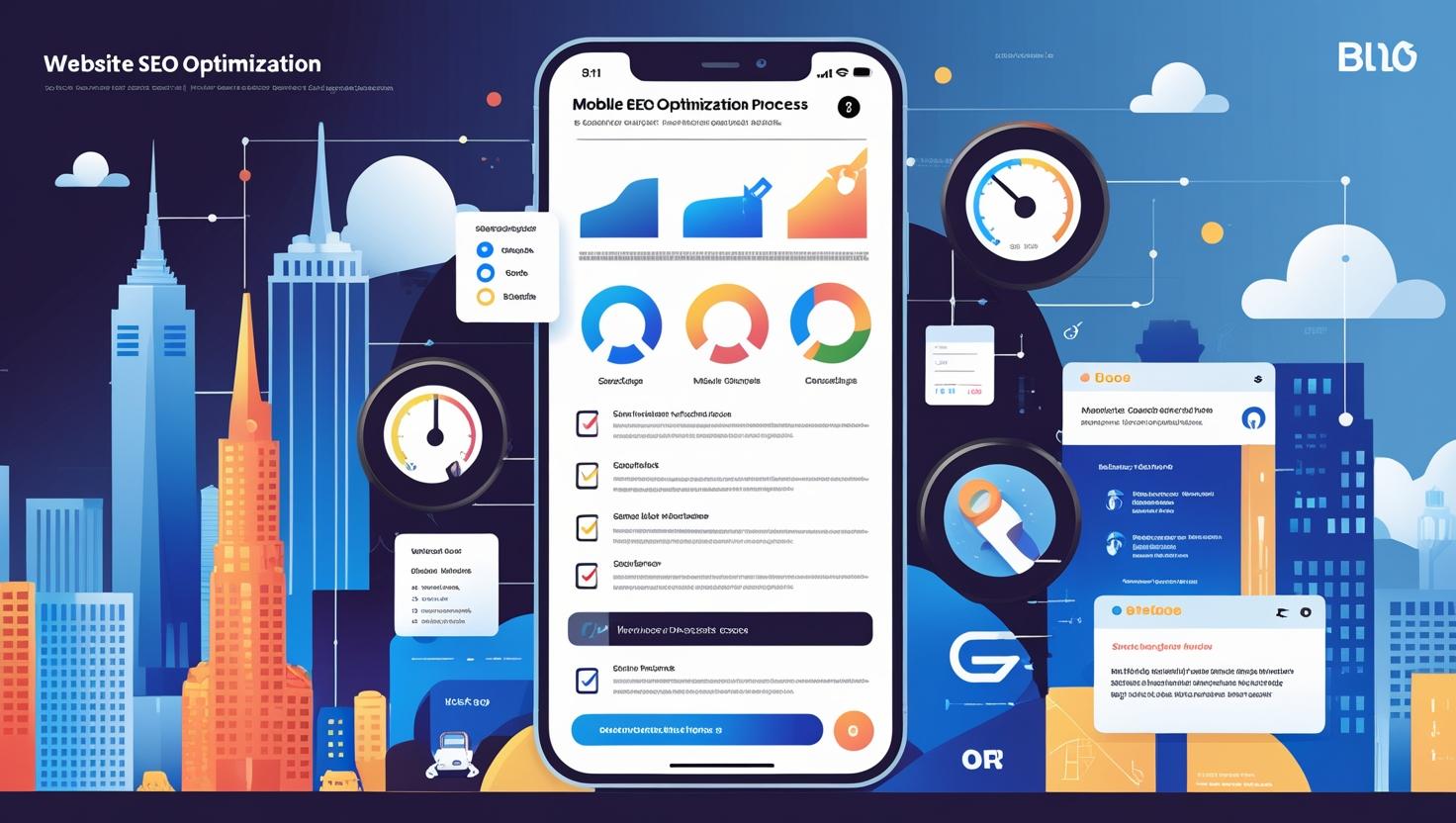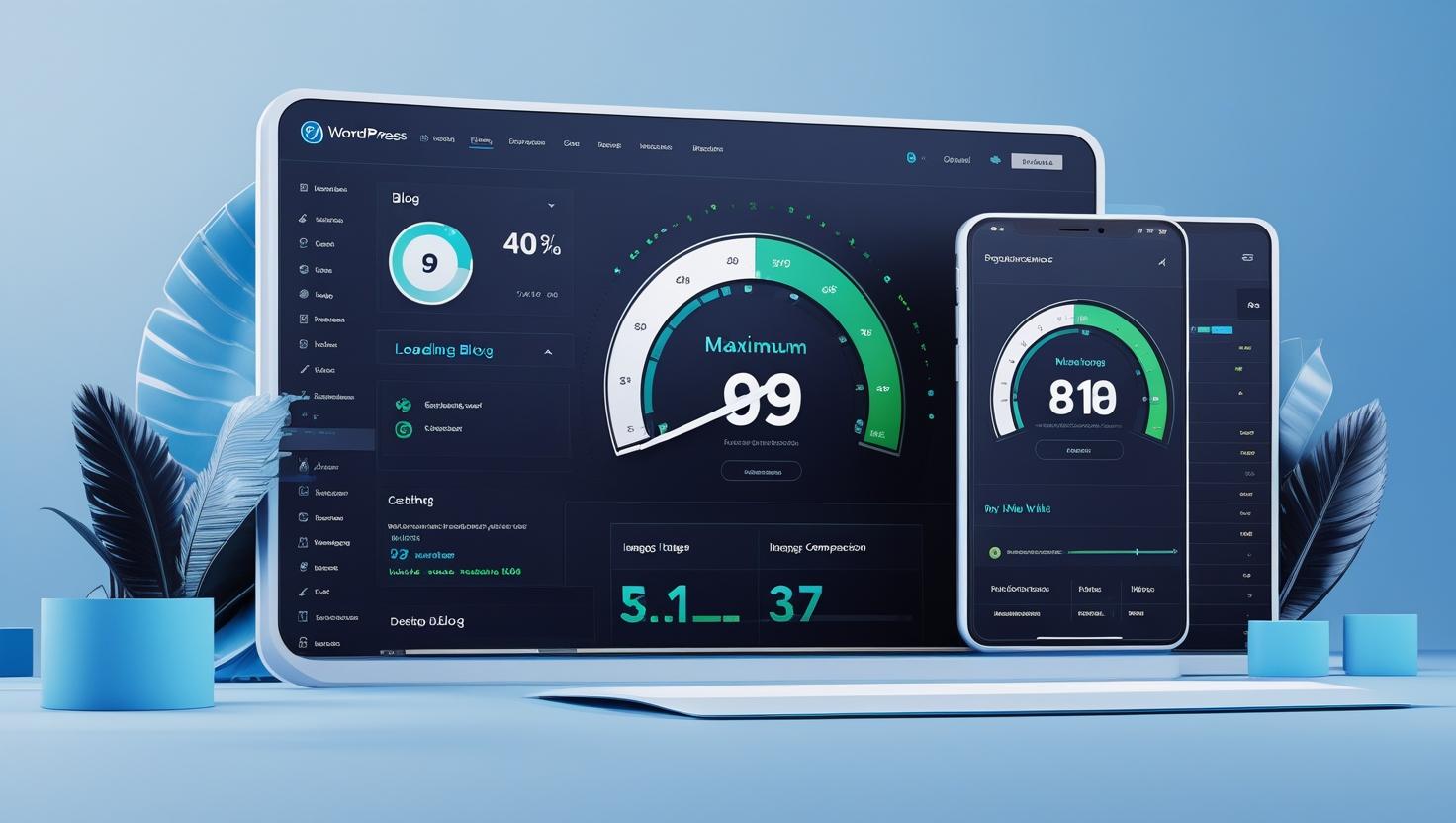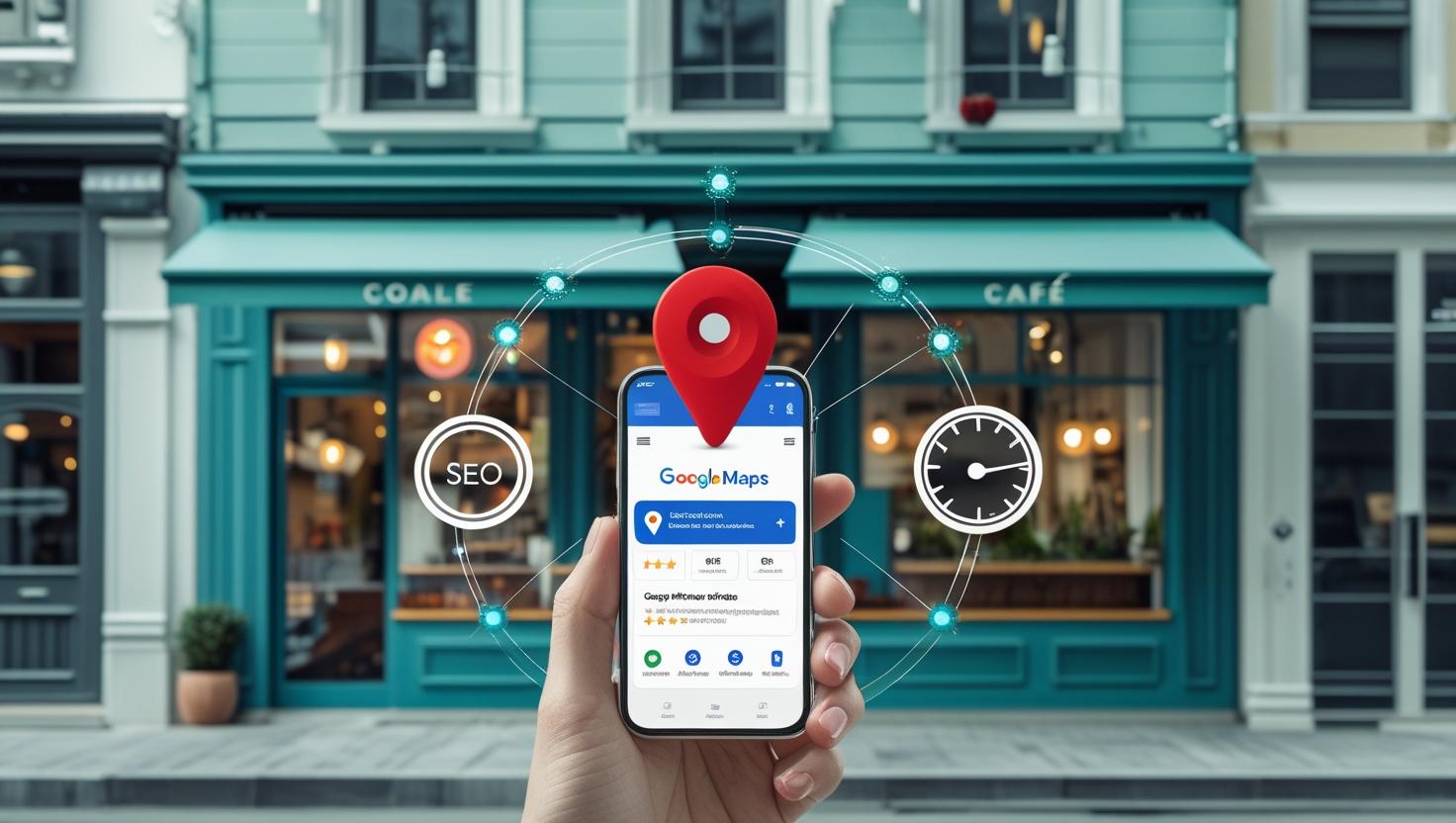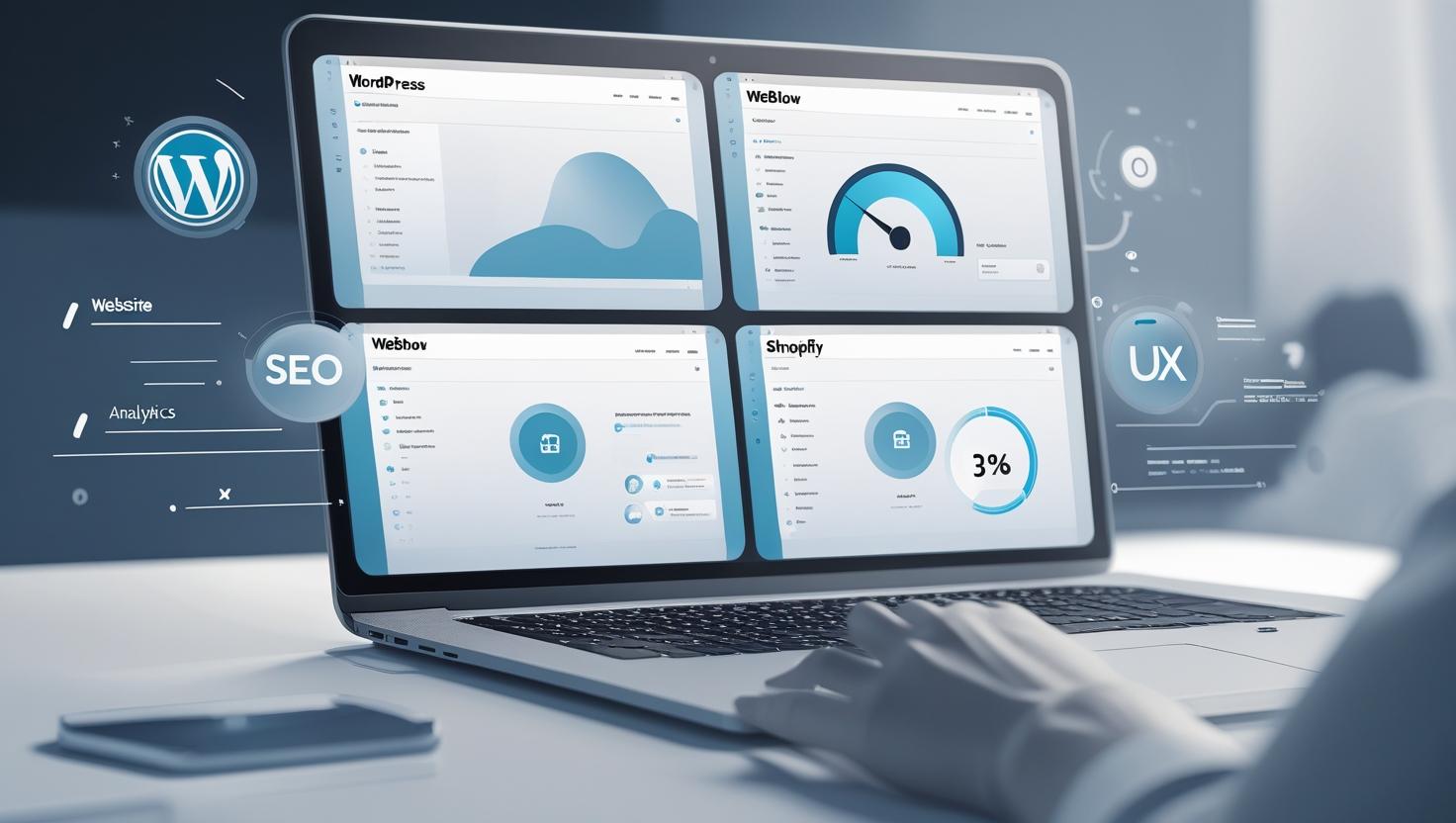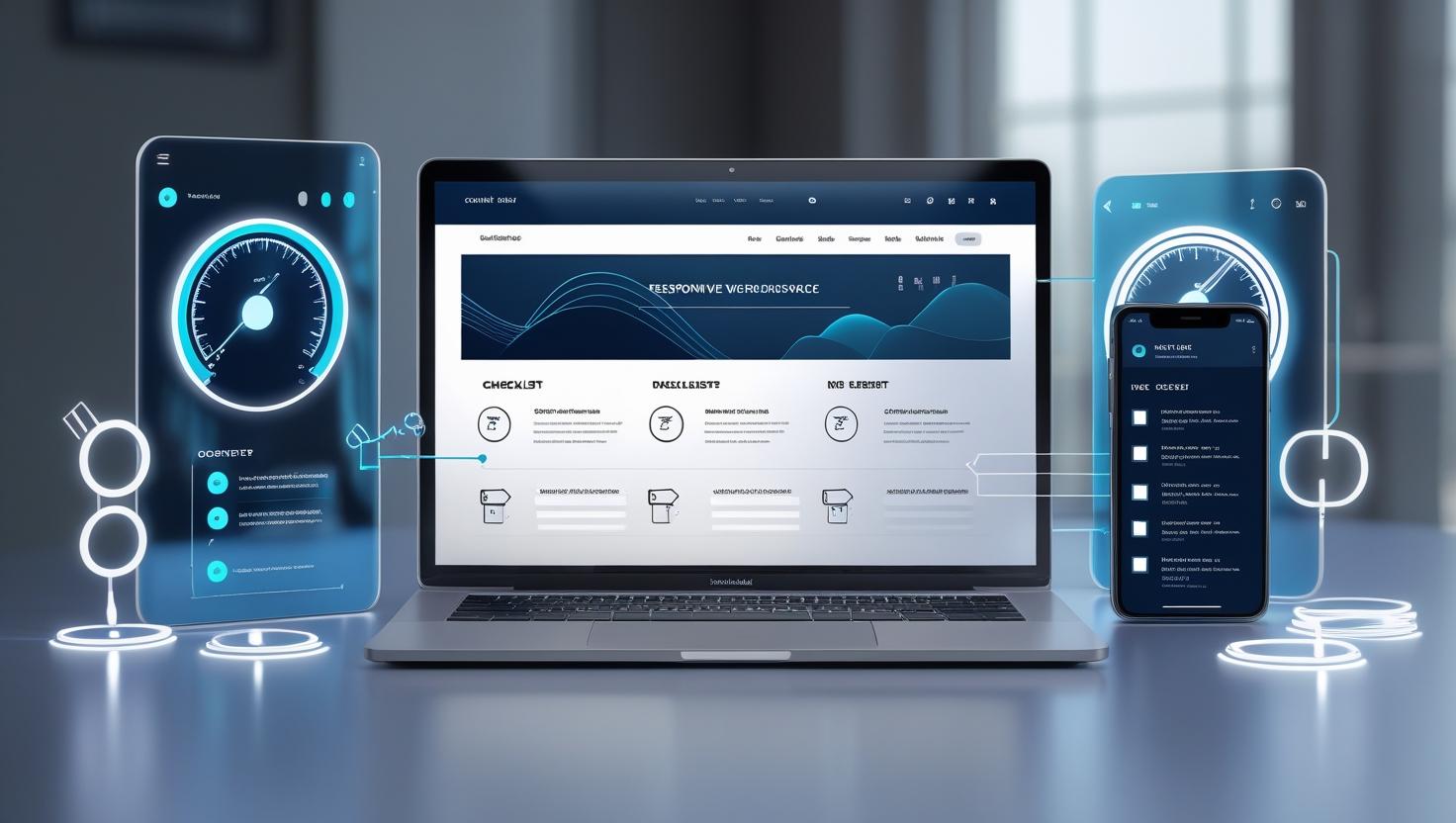
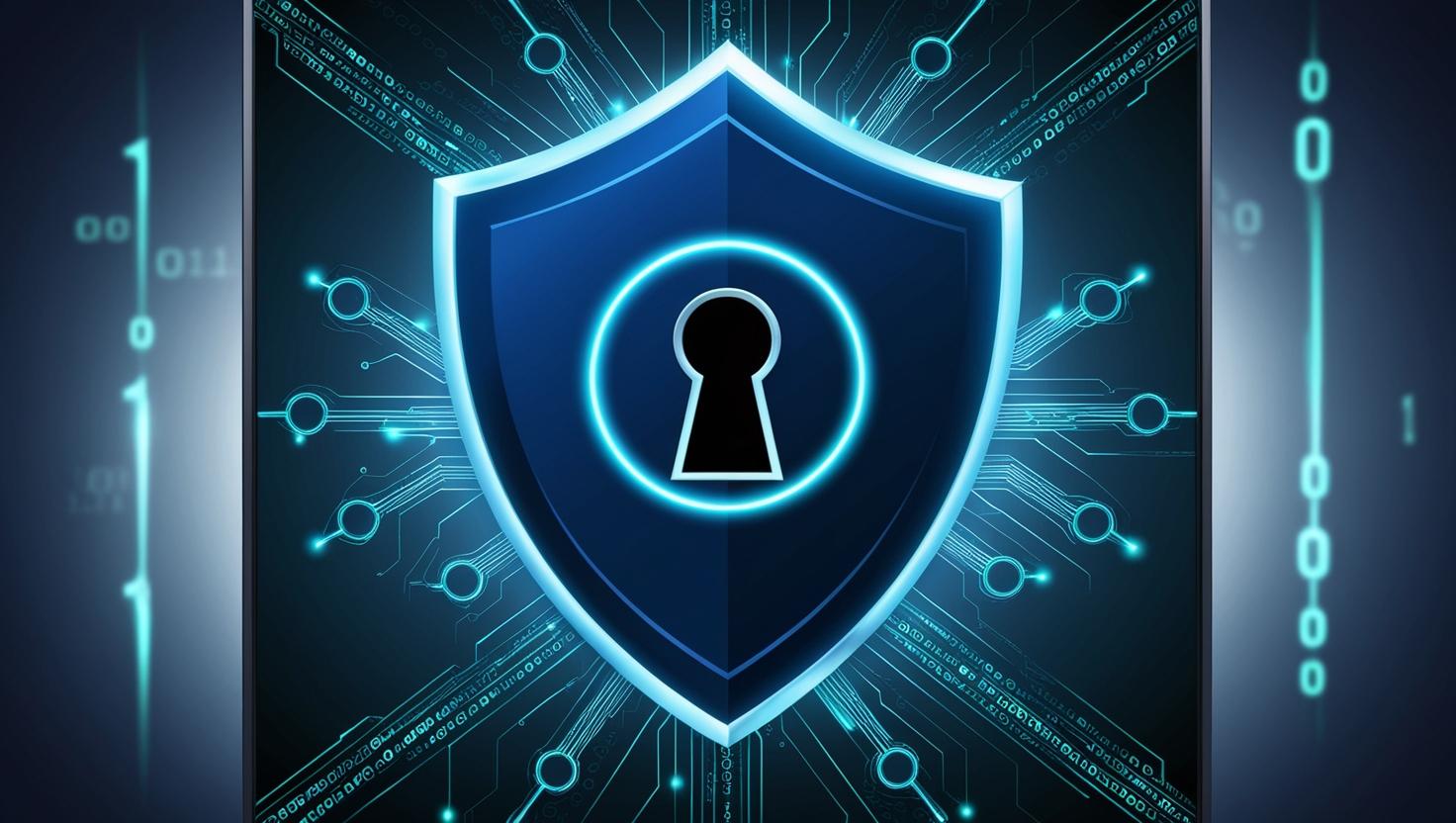
In today’s digital landscape, cybersecurity in web development is more crucial than ever. As cyber threats evolve, businesses must take proactive steps to protect their online assets and customer data. A secure website not only prevents cyberattacks but also builds trust with users. In this blog, we will explore essential cybersecurity practices in web development, helping you safeguard your digital presence effectively.
Why Cybersecurity is Important in Web Development
The Growing Threat of Cyberattacks
Cyberattacks are on the rise, with hackers constantly developing new techniques to exploit vulnerabilities. From phishing scams to data breaches, businesses of all sizes are at risk. Without proper security measures, your website could become a target, leading to financial losses and reputational damage.
Impact of Security Breaches
Security breaches can result in:
- Loss of sensitive customer data
- Financial penalties due to non-compliance
- Reduced customer trust and brand reputation damage
- Website downtime and revenue loss
Essential Cybersecurity Practices for Web Development
1. Implement Secure Authentication Mechanisms
Strong Password Policies
Encourage users to create strong passwords by enforcing:
- A mix of uppercase and lowercase letters
- Numbers and special characters
- Minimum length requirements
Two-Factor Authentication (2FA)

Adding an extra layer of security, such as 2FA, can prevent unauthorized access, even if passwords are compromised.
2. Secure Coding Practices
Input Validation & Sanitization
Prevent common cyber threats like SQL injection and cross-site scripting (XSS) by properly validating and sanitizing user input.
Avoid Hardcoding Credentials
Never store sensitive information like database credentials in the code. Use environment variables or secure vaults instead.
3. HTTPS and SSL/TLS Encryption
SSL/TLS certificates encrypt data transmission between users and your website, ensuring confidentiality and security. Websites using HTTPS rank better on search engines and provide a safer user experience.
4. Regular Security Audits and Updates
Regularly updating software, plugins, and frameworks helps fix vulnerabilities that hackers could exploit. Conducting security audits ensures compliance with cybersecurity best practices.
5. Web Application Firewall (WAF)
A Web Application Firewall helps filter and monitor traffic between the internet and your web application, blocking malicious requests and potential attacks.
6. Protecting Against DDoS Attacks
DDoS (Distributed Denial of Service) attacks overwhelm a website with traffic, making it inaccessible. Preventive measures include:
- Using a Content Delivery Network (CDN)
- Implementing rate-limiting techniques
- Deploying robust server firewalls
7. Data Protection and Privacy Compliance
GDPR and Other Compliance Standards
Ensure compliance with global data protection regulations such as GDPR, CCPA, and PCI-DSS by implementing:
- Data encryption
- Secure storage policies
- Transparent user consent mechanisms
Regular Backups
Automated backups help restore your website quickly in case of data loss or cyberattacks. Store backups in multiple locations for added security.
Advanced Security Measures
AI and Machine Learning in Cybersecurity
AI-driven security tools can detect and prevent cyber threats in real time, enhancing website protection.
Zero Trust Architecture
Adopting a Zero Trust approach ensures that no entity inside or outside your network is automatically trusted, reducing the risk of insider threats.
Conclusion
Cybersecurity in web development is an ongoing process that requires vigilance and proactive measures. By implementing strong authentication mechanisms, secure coding practices, encryption, and advanced security tools, you can protect your digital presence from cyber threats. Stay updated with the latest security trends and continuously improve your website’s security posture to ensure long-term success.
By following these cybersecurity best practices, your website can provide a safe and secure experience for users while maintaining high search engine rankings. Prioritizing cybersecurity is not just about protecting your business—it’s about safeguarding your users and building trust in the digital world.




